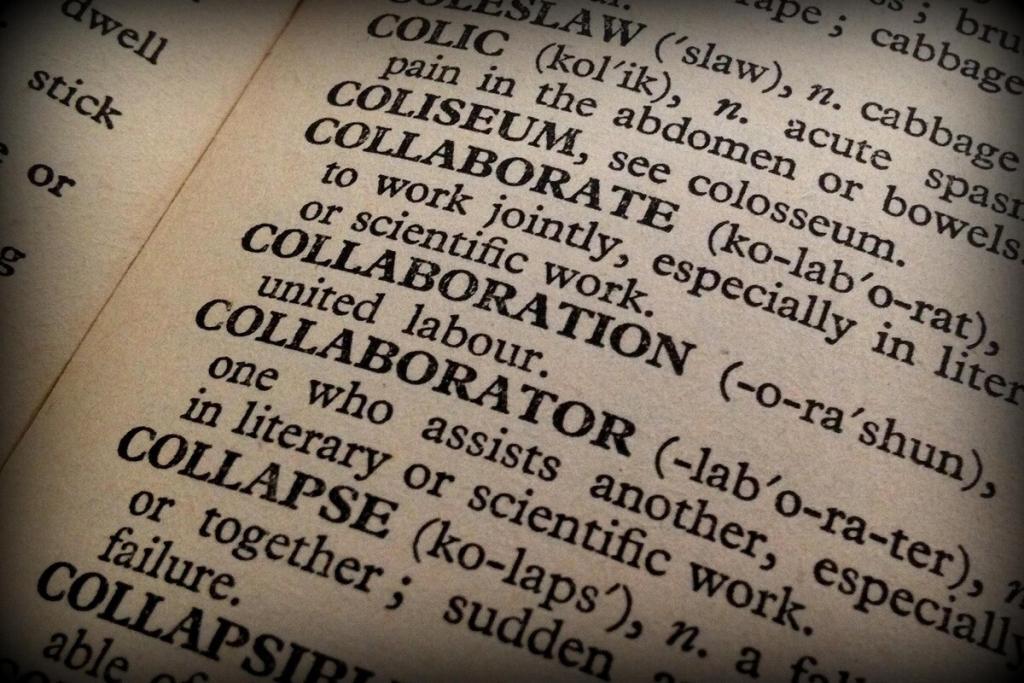The 9 Best and Worst Types of Management Styles You Need to Know
We all come from different walks of life — thus the reason for many conflicts in the workplace. But today, we’re going to tackle another repercussion of human variability as a whole — and it’s having different types of management styles in the workplace. What is management style? Management style refers to how a manager works to attain their goals. It includes the way a manager plans, organizes, decides, delegates, and manages the employees. Due to human variability (in terms of culture, sex, principles, level of management, country of residence, and etc.), there are variations in types of management styles as well. To put it simply, management styles are affected by both internal and external factors. Internal factors include the universal corporate and organizational culture of the company. This includes policies, priorities, skill levels, and employee engagement. In reverse, external factors include employment laws, competitors the economy, suppliers, and consumers. While these factors are inevitable, an effective manager is flexible enough to adjust their management style in response to the workplace environment while keeping their focus on fulfilling their targets. But what happens if you chose the wrong management style? Sad to say, the opinion on managers’ worth seems to decline over the last few years. Many articles and news are claiming that managers are useless and unnecessary in today’s workforce. The question is, why is there a drastic change in public opinion about managers? Why are so many managers viewed unfavorably? According to Gallup, organizations choose the wrong manager 82% of the time. Imagine, this is one of the most important decisions a company must make. Yet, they fail in doing so 8 out of 10 times. To add fuel to the fire, a four-year study by Leadership IQ found out that the reason for this failure is that the manager’s style is not cut out for their particular culture. This study alone concludes that if you cannot adapt to the needs of your position and organization, then you are bound to fail from the very start. The wrong management style can lead to an unengaged team. And when your team is unengaged, this can result in: Poor quality of work A drastic increase in turnover Lower productivity More issues related to absenteeism and theft Decreased profitability To avoid these complications and drawbacks, you need to know which types of management styles to adapt to. Sure, there is no one-size-fits-all management style. After all, they all have their own pros and cons. But to make it easier for you, we divided them into two categories. Specifically, we listed down the best types of management styles to adopt and the worst ones to avoid. The 5 Best Types of Management Styles 1. Democratic The general rule of democratic management is that the majority rules. This means managers don’t keep decision-making tasks to themselves. Instead, they let their employees participate too because they value diverse ideas, and they understand that people play a huge role in the team’s success. Employees highly influence this type of manager. Thus, most employees love this type of management style. Democratic management style makes them feel valued, which forges a healthy and good relationship between the manager and the employee. But be careful not to execute this poorly as this can lead to an inefficient team. Those managers who ponder too much even after consulting their team can slow down the progress. If you want your employees to feel valued, you need to make sure that they’re actually contributing to the decision-making — and not just because you wanted them to feel good. Read: 18 Effective Tricks on How to Find Motivation at Work 2. Visionary Visionary managers convince their team to work hard by highlighting their purpose and vision. After communicating their vision and strategy, they let their employees work on their own instead of micromanaging them. They make sure to check in on them just to make sure that everyone’s on the right track. This is one of the types of best management styles that give employees a great sense of autonomy. That’s because humans tend to feel more satisfied and motivated when they have more control over the tasks assigned to them. At the same time, visionary managers are known to be firm yet fair. While their visions can’t be easily waivered, they are still open to listening to their employee’s ideas. And if they are presented with a greater idea, they are willing to consider changing their plan. But bear in mind that this type of management style is hard to pull off. It would only work if you are good at selling the purpose of your vision to your employees. If you don’t, you’ll have a hard time turning that vision into reality. 3. Coaching What makes coaching one of the best management styles is how it strives to improve the long-term development of their employees. Their passion is to teach and watch their employees grow. Most of all, they do not feel downcasted when their employees experience short-term failures. For them, what matters is their employees’ ability to learn and develop. Coaching managers like to motivate their employees by giving them a promotion and delegating bigger tasks. In this way, employees feel hungry for knowledge, which results in the stable development of the team’s performance. Coach managers have two main focuses, which include uniting the team and overseeing every employee’s development. The best teams are the united teams. And when managers are concerned with their employees’ development, it can go a long way toward success. But don’t overdo this, though. Doing this can lead to a relentless environment which can be toxic for the whole team’s relationship. Read: The Complete Guide to Building a Collaborative Team 4. Collaborative The collaborative management style is similar to that of a democratic management style, but it only differs in one remarkable way. With a collaborative approach, you don’t simply ask your employees for a yes-or-no answer. Instead, you’re actively requesting feedback from
The 9 Best and Worst Types of Management Styles You Need to Know Read More »









